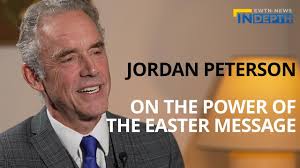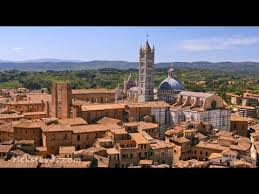For over two centuries now, Western intellectual life has been dominated increasingly by a “hermeneutic of rupture”, a broad principle of interpretation of the Good which dismisses tradition and opts instead for the latest ideas, as if by the very fact of coming later in time, these ideas must be superior—a misconception arising largely from the Western notion of “progress”. In the late 19th and early 20th centuries, this hermeneutic of rupture tended to be imported into Catholic theology by those who fell victim to Modernism. Modernism essentially finds religious truth in the current lived experience of Christians (with an unerring emphasis on those “intellectually elite” Christians who have been infected by the growing secularization of Western culture). While Modernism was formally suppressed in the early twentieth century, it simmered below the surface wherever Catholic “intellectuals” had been secularized and, in the massive cultural “liberation” of the 1960’s, it emerged in full force within the Church even as its completely secular counterpart wrought massive changes in the surrounding culture.
The sessions of the Second Vatican Council were held just as these forces were being fully released. Pope John XXIII had recognized that the influence of Christianity on culture and, therefore, the strength of the Church had been declining in the West for half a millennium—and, frankly, that the “prisoner of the Vatican” or “siege” mentality had done nothing to reverse this trend. Accordingly, he wished to summon a council in the hope of effecting a deep renewal of the Church which would enable it to speak clearly and forcefully to the modern world. One can argue that both John XXIII and the Council Fathers misjudged the potential receptivity of the surrounding culture, but this hardly invalidates their efforts at renewal.
What is certain is that a great many within the Church were already infected with Modernism and too closely allied with larger secularizing trends. Some of these were present at the Council itself, and through their influence both as advisors to the bishops (periti) and as reporters to the general public, they sought to sway the Council’s deliberations in the direction they desired. After the close of the Council, undaunted by what the conciliar documents actually said, this same group of intellectuals was able to twist the Council to its own purposes, effecting in many ways a false renewal based on the so-called “spirit” of Vatican II.
In religious life (abandonment of habits, rules and charisms in favor of sociology), in catechesis (jettisoning Catholic doctrine in favor of modern feelings), in theology (reinterpreting theological tradition based on secular ideas and secular sins), in liturgy (celebrating the Novus Ordo as if it were not a continuation of what Catholics in former ages had meant by the Mass, but a radically new rite of community self-praise)—and in every other area from seminary training to diocesan administration—the Modernists and secularists rode the euphoric worldly wave of the surrounding culture to ever-increasing influence and ultimate dominance in Church affairs throughout the West, at least in most places short of the Vatican itself.
Thus had an ecclesiastical culture characterized by a “hermeneutic of rupture” come to characterize the daily experience of the vast majority of faithful Catholics throughout Europe and North America. — from “Benedict’s Hermeneutic of Continuity”















